Introduction
Coconut water, often hailed as nature’s elixir, is a refreshing and nutritious beverage derived from the young, green coconuts. It is rich in electrolytes, vitamins, and minerals, making it an ideal choice for hydration, especially during hot weather or after physical activities. However, once a coconut is opened, the shelf life of its water diminishes significantly. Understanding how to properly store coconut water after opening is crucial to ensure that you can enjoy its full benefits without compromising on taste or safety. This article delves into the various methods for preserving coconut water post-opening, emphasizing the importance of hygiene, storage conditions, and timely consumption.
Understanding Coconut Water’s Shelf Life
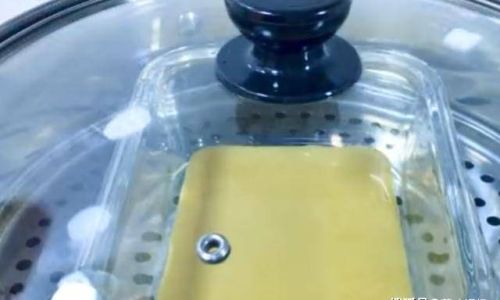
Before discussing preservation techniques, it’s essential to understand the natural shelf life of coconut water. Fresh coconut water from a young, green coconut typically has a shorter shelf life compared to packaged coconut water sold in stores. Here’s a breakdown:
- Fresh Coconut Water (Unopened): Can last up to 10 days if refrigerated immediately after harvesting.
- Packaged Coconut Water (Unopened, Commercially Bottled): Generally has a best-before date ranging from 6 months to a year, depending on the manufacturer and packaging.
- Fresh Coconut Water (Opened): Once opened, fresh coconut water should be consumed within 24-48 hours for optimal freshness and safety.
- Packaged Coconut Water (Opened): Should be consumed within a few days, though some brands may indicate a specific duration on the label.
Factors Affecting Shelf Life
Several factors influence how long coconut water remains fresh and safe to consume:
- Temperature: Higher temperatures accelerate the growth of bacteria and fungi, shortening the shelf life. Refrigeration slows down these processes.
- Exposure to Air: Oxygen can oxidize coconut water, altering its taste and color.
- Contamination: Bacteria and other microorganisms from hands, utensils, or the environment can contaminate coconut water, leading to spoilage.
- Packaging: Proper sealing and packaging materials can extend the shelf life of packaged coconut water.
Preservation Methods for Fresh Coconut Water
When dealing with fresh coconut water, the goal is to minimize exposure to air, contaminants, and unfavorable temperatures. Here are some effective preservation methods:
Immediate Refrigeration
The moment you open a coconut, transfer the water to a clean, airtight container and refrigerate it immediately. Refrigeration slows down bacterial growth and preserves the fresh taste and nutritional value of coconut water. Aim to consume it within 24-48 hours for the best quality.
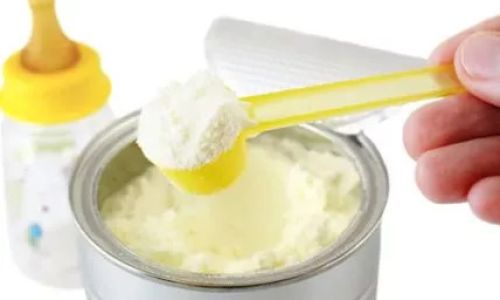
Using a Clean Scoop or Straw
If you plan to consume coconut water directly from the coconut, use a clean scoop or straw to minimize contamination. Avoid using your mouth directly on the coconut, as this can introduce saliva-borne bacteria.
Pouring in Small Batches
If you won’t consume all the coconut water at once, pour it into smaller, airtight containers. This reduces the surface area exposed to air and makes it easier to manage portions.
Freezing Coconut Water
For longer-term storage, you can freeze coconut water in ice cube trays or freezer-safe containers. This extends its shelf life indefinitely but alters its texture upon thawing. Frozen coconut water can be used for smoothies, cooking, or blended drinks.
Boiling (for Extended Storage, Not Recommended for Freshness)
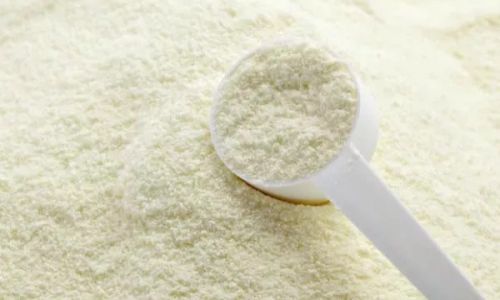
While boiling coconut water can kill bacteria and extend its storage time, it also alters its taste and nutritional profile. This method is generally not recommended unless you intend to use the coconut water for cooking or baking where flavor and nutrients are less critical.
Preservation Methods for Packaged Coconut Water
Packaged coconut water, being commercially processed and packaged, often has a longer shelf life even after opening. However, proper storage practices can further enhance its freshness and safety.
Follow Manufacturer’s Instructions
Always check the label for specific storage instructions provided by the manufacturer. These instructions are tailored to the specific packaging and processing methods used.
Refrigeration After Opening
Once opened, transfer the packaged coconut water to the refrigerator. Even though some brands may claim a longer shelf life at room temperature after opening, refrigeration is recommended to maintain freshness and safety.
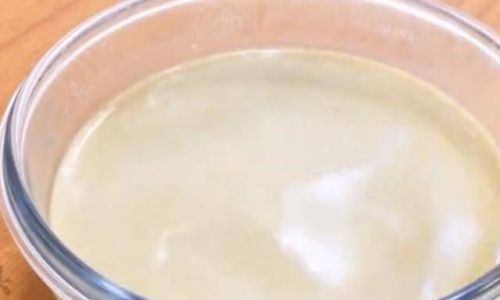
Use a Clean Pouring Spout
If the bottle doesn’t have a resealable cap, consider using a clean pouring spout or transferring the contents to a reusable bottle with a tight-fitting lid. This minimizes exposure to air and contaminants.
Avoid Contamination
Ensure your hands and any utensils used for handling the coconut water are clean to prevent contamination.
Consume Within Recommended Timeframe
Even though packaged coconut water may have a longer shelf life after opening, it’s best to consume it within a few days for optimal freshness.
Signs of Spoilage
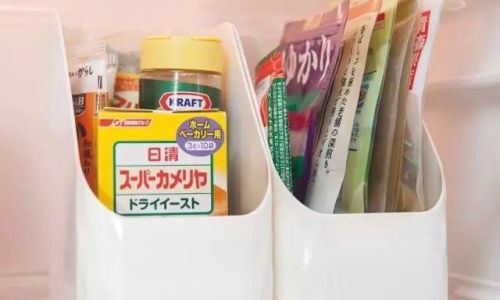
Knowing how to identify spoiled coconut water is crucial for preventing foodborne illness. Here are some signs to look out for:
- Off Odor: Fresh coconut water has a slightly sweet, nutty aroma. If it smells sour, musty, or otherwise unpleasant, it’s likely spoiled.
- Change in Color: Fresh coconut water is typically clear or slightly milky. If it has developed a darker color or has visible particles floating in it, it’s a sign of spoilage.
- Texture Changes: Coconut water should be thin and slightly viscous. If it becomes thick, slimy, or chunky, it’s no longer safe to consume.
- Taste: Fresh coconut water has a mild, slightly sweet taste. If it tastes sour, bitter, or metallic, discard it immediately.
Conclusion
Preserving coconut water after opening requires a combination of prompt refrigeration, proper handling, and timely consumption. By following these guidelines, you can ensure that your coconut water remains fresh, nutritious, and safe to enjoy. Whether you’re dealing with fresh coconut water from a young coconut or packaged coconut water from the store, understanding the best practices for storage and consumption will help you maximize its benefits.
Remember, the key to preserving coconut water’s freshness lies in minimizing exposure to air, contaminants, and unfavorable temperatures. By being mindful of these factors, you can enjoy the refreshing taste and numerous health benefits of coconut water for as long as possible after opening.
Moreover, always prioritize your safety by discarding coconut water that shows signs of spoilage. Foodborne illnesses can be serious, and it’s not worth the risk to consume spoiled coconut water. With proper storage and timely consumption, you can continue to enjoy this natural elixir without any worries.
In summary, preserving coconut water after opening involves immediate refrigeration, using clean utensils, transferring to airtight containers, and consuming within the recommended timeframe. By adhering to these practices, you can ensure that your coconut water remains a delicious and nutritious addition to your diet. Happy sipping!
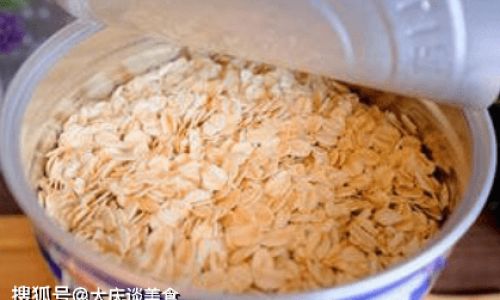

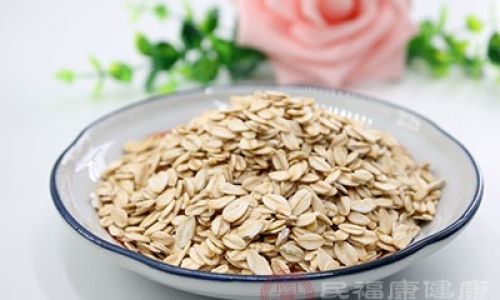
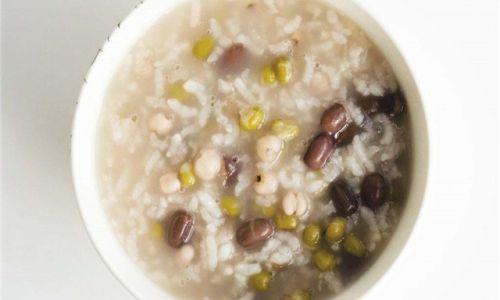
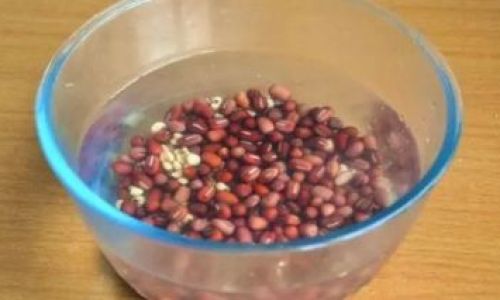

0 comments